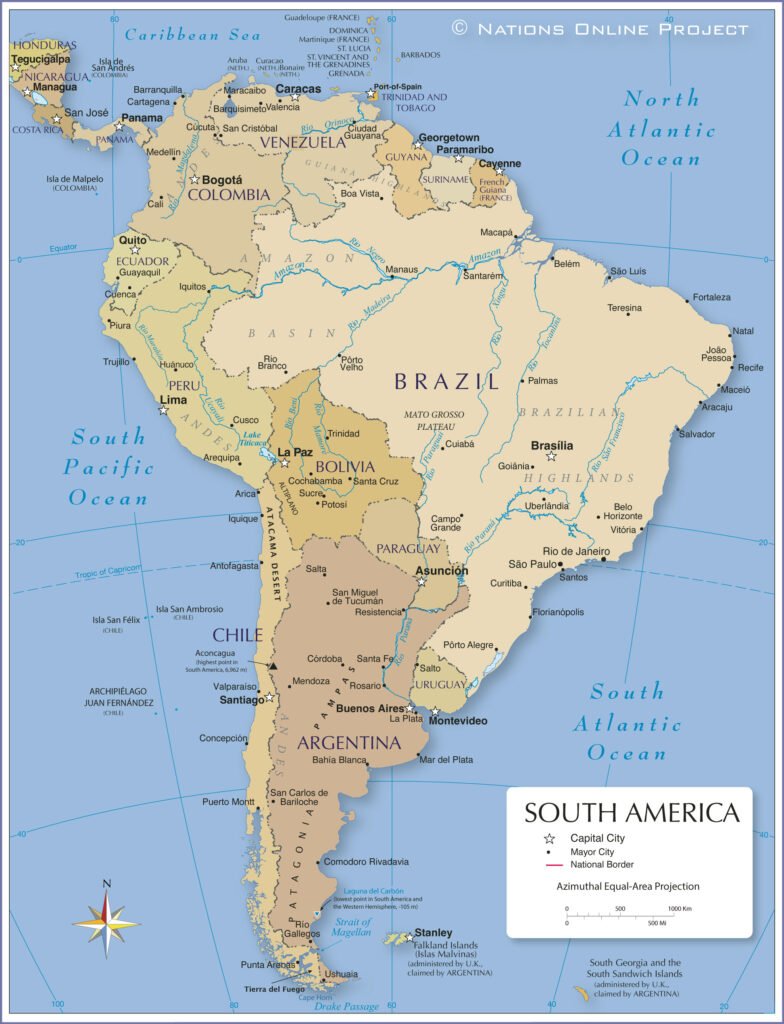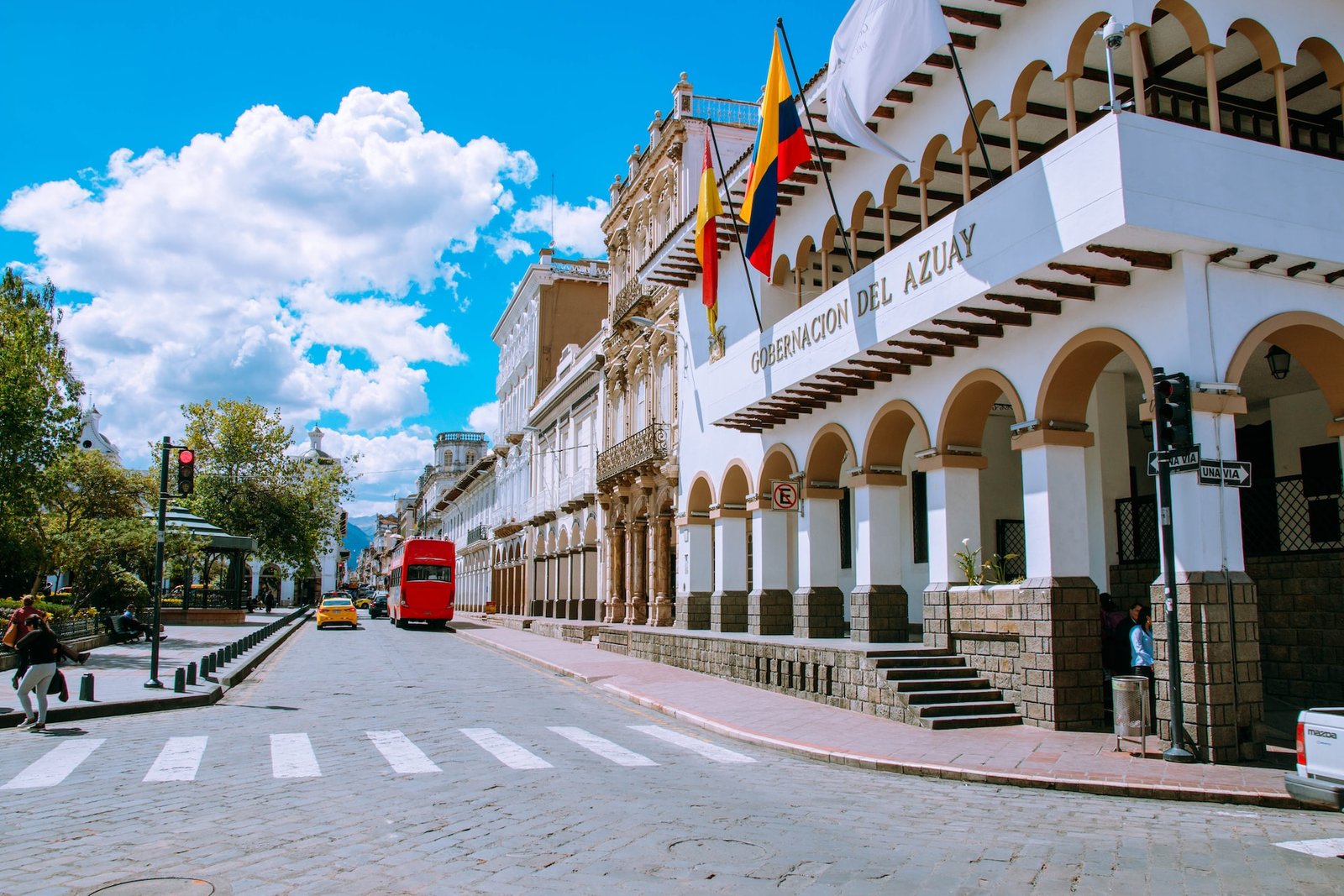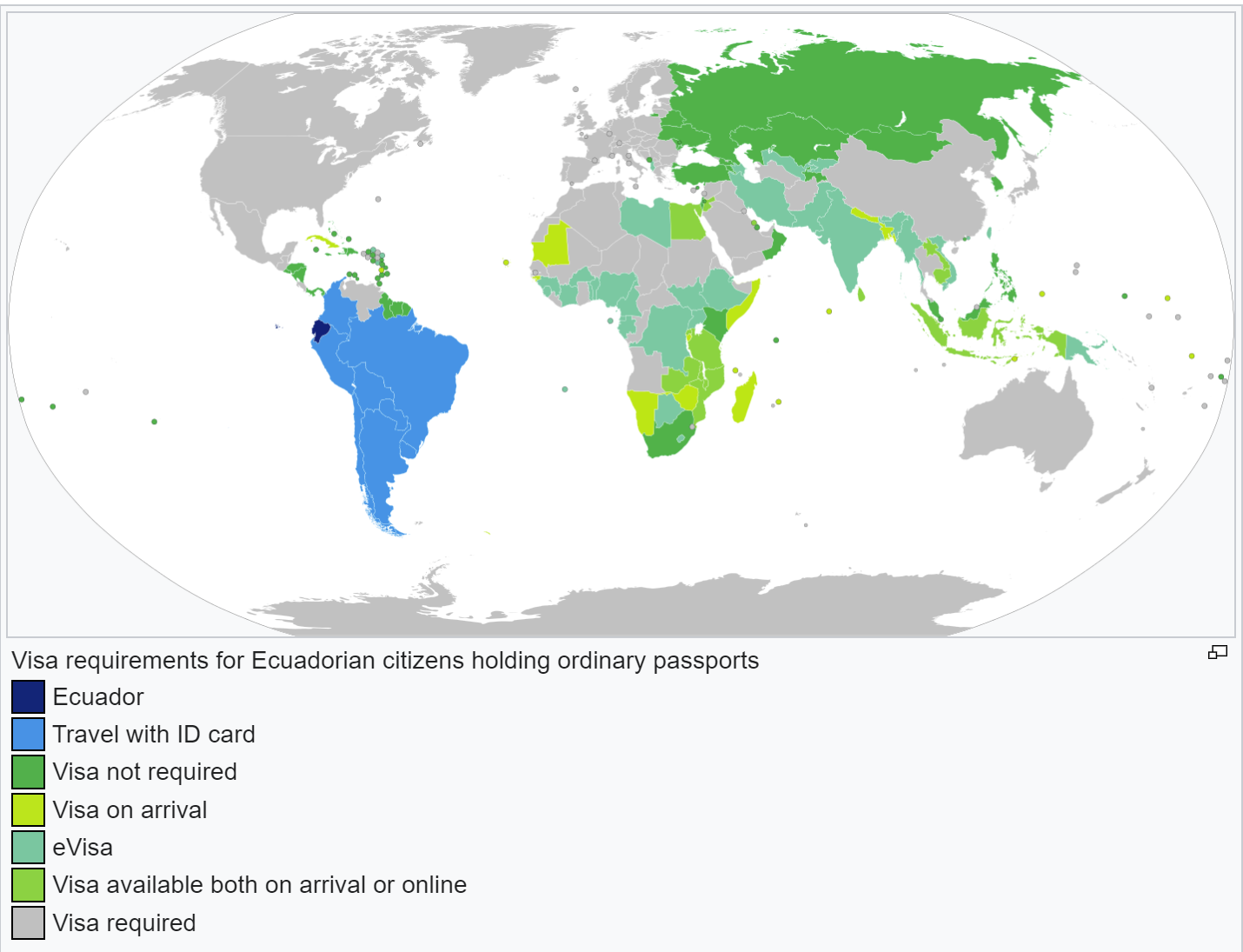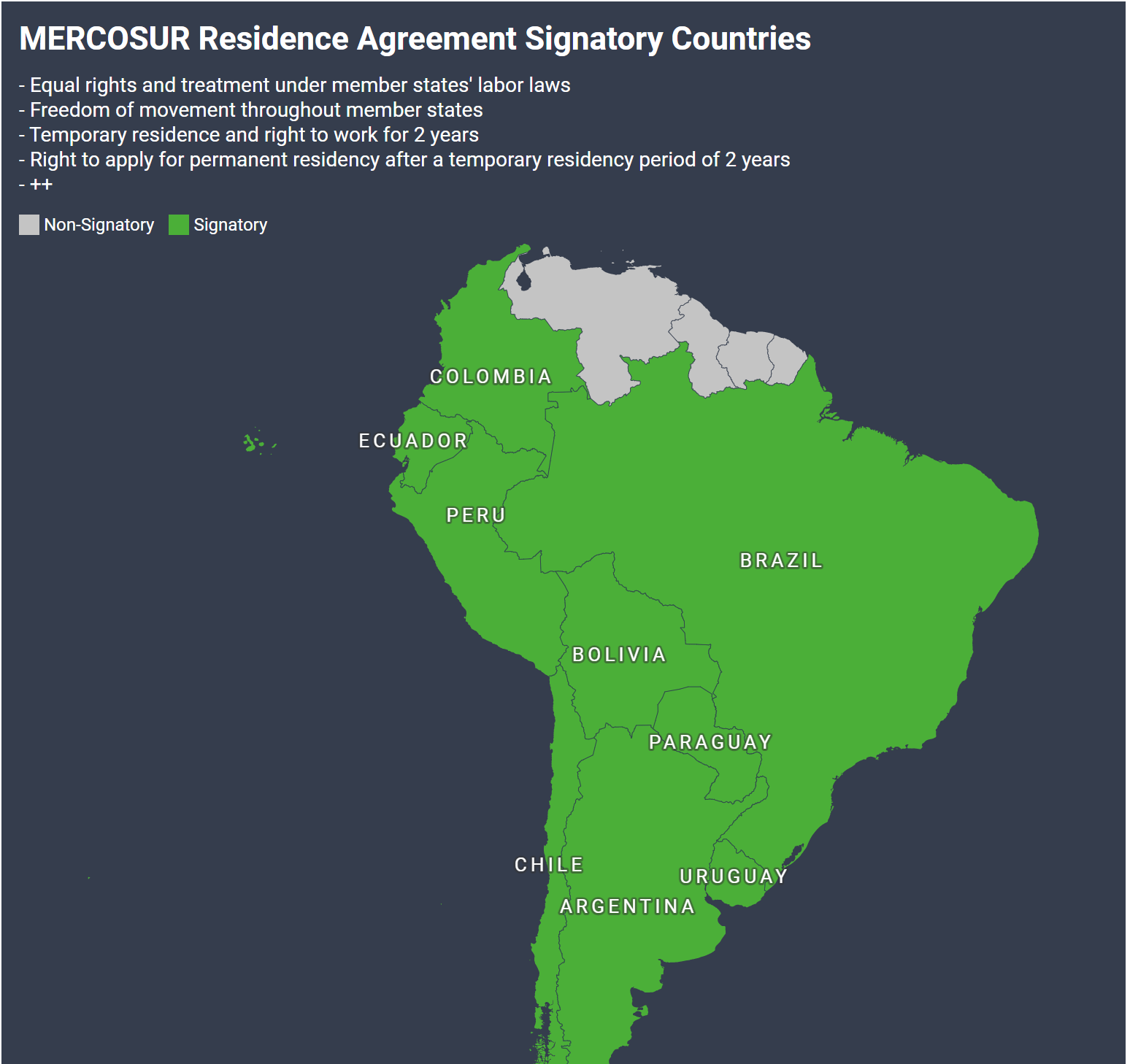Home > South America > Ecuador > How To Get Residency in Ecuador: A Comprehensive Guide
How To Get Residency in Ecuador: A Comprehensive Guide
Capital: Quito
Population: 17,483,326 (2023, 73rd)
Ethic Group: 77.5% Mestizo, 7.7% Montubio, 7.7% Indigenous, 4.8% Black, 2.2% White
Area: 283,561 km2(73rd)
Offical Language: Spanish
Currency: USD
GDP per Captial (PPP): $14,485 (2024 estimated,109th)
Human Development Index: 0.777 (2023, 88th)

Country Profile:
Ecuador is a developing country located in the northwest part of the South American continent, neighboring Colombia and Peru.
Economically, Ecuador relies on agriculture, oil exports, and tourism. The country is one of the world’s major exporters of bananas. Culturally, Ecuador has a rich blend of indigenous traditions and Spanish colonial influences, which are especially evident in its music, dance, and festivals.
Immigration & Visa System:
Ecuador uses the US dollar as its currency and has one of the world’s most relaxed visa-free policies, attracting a large number of foreigners each year.
Foreigners who wish to settle in Ecuador long-term must first apply for a two-year residence permit. After this initial period, they can either renew the permit or apply for permanent residency.
Ecuador offers up to 13 types of short-term residence permits, with the four most common being:
1. Investment Visa: Foreigners can apply for an Ecuadorian investment visa by investing an amount equal to 100 times the Ecuadorian minimum wage in specific economic sectors within the country.
The specific amount required in 2025 is $47,500.
You can deposit $47,500 in one of Ecuador’s three local banks to obtain the visa. These banks offer a two-year fixed deposit interest rate between 3% and 8%.
You can also invest in local property with an appraised value of $47,500.
Often, the market value of Ecuadorian real estate is higher than the appraised value. For example, if you spend $50,000 on a house, the official appraisal might only value it at $30,000, meaning you would not qualify for the investment visa.
Alternatively, you can invest $47,500 to establish or purchase a local business.
2. Rentista Visa & Retirement Visa: The economic requirements, application process, and visa validity for Ecuador’s retirement visa and Rentista visa are identical.
Both require applicants to have a stable passive income that is three times the local minimum wage, which in 2024 is at least $1,410 per month.
The only difference between these two visas lies in the recognized sources of income. The retirement visa requires proof of pension or private insurance income, while the Rentista visa accepts other forms of passive income.

3. Digital Nomad Visa: The economic requirements for Ecuador’s digital nomad visa are the same as those for the Rentista visa, with a minimum monthly income of $1,410.
Compared to similar programs, Ecuador’s digital nomad visa has two advantages:
First, it can be renewed indefinitely and converted into permanent residency;
Second, if you are a remote worker and your income does not meet the threshold, you can meet the economic requirement for the digital nomad visa by showing a savings deposit of 36 times the Ecuadorian minimum wage, approximately $16,560.
4. Work Visa: The Ecuadorian work visa requires you to secure a job in Ecuador before applying.
Ecuador also offers a “Professional Visa” for job seekers. As long as you are a university graduate and have had more than $10,000 in your bank account in the past six months, or have a credit card with a limit exceeding $15,000 that can be used in Ecuador, you can apply for a professional visa, allowing you to stay in Ecuador for up to two years while seeking employment opportunities.
Dependents:
For almost all of Ecuador’s short-term residence permits, the spouse and financially dependent children of the main applicant can apply for family reunification as dependent applicants.
Permanent Residency & Citizenship:
All Ecuadorian residence permits are valid for two years and can be renewed indefinitely under the same conditions (except for the Professional Visa, which cannot be renewed).
Foreigners who have legally resided in Ecuador for 21 months, with a total time spent outside the country not exceeding 90 days during that period, can apply for permanent residency in Ecuador.
In the first two years after obtaining permanent residency, Ecuadorian permanent residents cannot leave the country for more than 180 days.
Three years after obtaining permanent residency in Ecuador, foreigners can apply for citizenship.
Taxation:
Ecuador’s tax system operates on a residency-based principle, with different rules for residents and non-residents. An individual is generally considered a tax resident if they spend more than 183 days in the country within a 12-month period.
For tax residents, including foreign residents, income tax is levied on worldwide income, with progressive rates that can reach up to 37% for the highest earners. However, the first portion of income is exempt, and deductions for personal expenses like housing, education, and health are available. Foreign-sourced income that has already been taxed abroad may be exempt from Ecuadorian tax, though specific rules and credits apply to prevent double taxation.
Non-residents are only taxed on income earned from Ecuadorian sources. This income is generally subject to a flat 25% withholding tax.
Beyond income tax, there are other important taxes to consider:
-
Value-Added Tax (VAT): The standard VAT rate is 15%, though some goods and services are exempt or have a 0% rate.
-
Capital Gains Tax: Capital gains are generally treated as ordinary income.
-
Outflow Tax (ISD): A 5% tax is applied to most funds transferred out of the country, with some exemptions.
-
Property Tax: This is a municipal tax with rates varying by location.
Passport Power:
Ecuador recognizes dual citizenship. Its passport is ranked 53rd in the world, allowing its citizens visa-free or visa-on-arrival access to 95 countries and regions as of August 4, 2025.

Ecuador is part of the Southern Common Market (MERCOSUR).As shown in the figure below, citizens of the member countries of this agreement can freely work and live in any other member country. After two years, if one can provide proof of financial means to support oneself and family, they can directly obtain a permanent residence visa in the country of residence. Having Ecuadorian citizenship is very convenient for living in South America.

Useful Links:
Ecuador Digit Nomad Visa: https://consuladovirtual.gob.ec/web/guest/inicio
Ecuador Visa Online Application Form: https://www.cancilleria.gob.ec/2020/04/14/visas/
Home > South America > Ecuador > How To Get Residency in Ecuador: A Comprehensive Guide